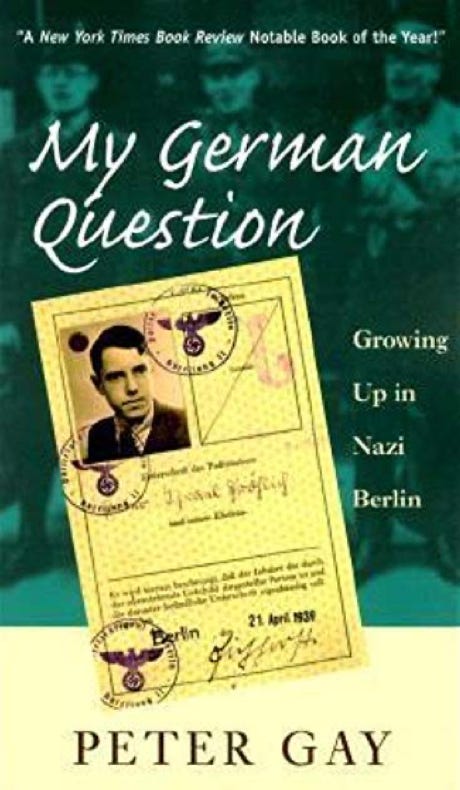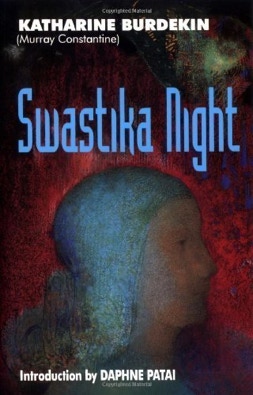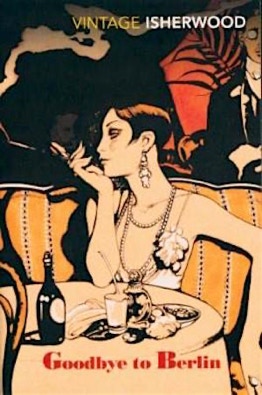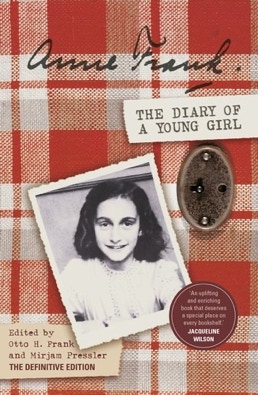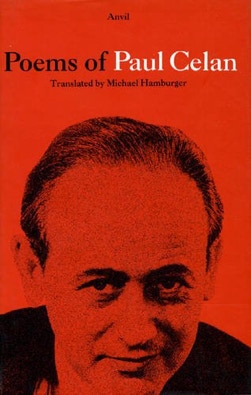What I’m teaching: April 2012
During the academic terms I re-read the books I am teaching for my courses. I think of them as texts, not only because that’s the more usual academic term, but also because they are not always books of fiction or poetry – we study diaries, autobiographies, letters, and theoretical, as well as personal essays. I don’t always teach the same texts, but before doing so I will always have read each text at least twice. Once, to know what kind of a book I am dealing with, and once again to decide how it will fit into my syllabus and what the students will gain from the book. What difficulties will the text present? Will they be as fascinated as I am by the writing, the issues, theoretical and political, or the literary strategies of each text?
This process of re-reading is a quality test of the books – or texts - in question. Will I notice different things or learn more from them when I re-read them? I nearly always do – but if I don’t they fall off my re-reading list into the bottom drawer. I am always careful to hang onto my copies. No book of mine is ever cast into oblivion. Who knows when I might be tempted to read that very book again? And I hold onto hard copies so that I will still have my library when the electricity gives out and the machine stops.
EUROPEAN WRITING AND THE THIRD REICH 1929-2010
The Third Reich, the Holocaust and the iconography of Nazism have been of enduring significance in European writing, not only in the aftermath of World War II, but also during the 1930s after Hitler came to power in 1933. The various texts that I am teaching on this course explore some of the ways in which the historical events of this period have been represented and interpreted by writers, and not necessarily professional writers. We have been reading writers who were directly affected by the Nazi regime (Hans Fallada, Primo Levi) or murdered in the death camps (Anne Frank, Irène Némirovsky). One of the writers of the next generation (Paul Celan) who lost his family in the camps declared that language was the only thing that remained intact for him after the war. Yet the corruption of language, not only German, but also all languages, through its abuse within fascist dictatorships, is a theme to which many writers of the period return, again and again. The Third Reich has generated a remarkable number of ‘What-if-Hitler-had-won?’ dystopian fictions in various registers, genres and with manifestly different agendas. I chose some of these that represent different kinds of fiction, some horrifying and prophetic, (Katharine Burdekin), or speculative reflections on the nature of history, (Philip K. Dick, Robert Harris), and the most recent novel by Owen Sheers, Resistance, which, despite the imaginary successful German invasion and the Nazi soldiers occupying Wales, is a love song to the border hill country of South Wales where he grew up. These novels re-write, re-imagine, and re-interpret history, and inevitably, re-apportion blame.
None of these texts is unproblematic. Both diaries included on my syllabus (Anne Frank, A Woman in Berlin) have been challenged and their authenticity questioned. Fraudulent diaries and bogus holocaust memoirs continue to unsettle the literary world. Everyone remembers the Hitler Diaries in the 1980s, but fraudulent Holocaust memoirs, such as Fragments, the memoir of childhood that was the centre of the Binjamin Wilkormirski Affair in the 1990s, a book which won literary prizes before being exposed as fiction, are arguably more serious in the context of Holocaust denial. Should The Third Reich and the Holocaust ever be represented in fiction or poetry at all? How do these texts, many of which self-consciously address the moment in history in which they were written, deal with the problems of experience, authenticity, and representation? How do we read eyewitness accounts of traumatic events? The original meaning of ’martyr’ is a witness. Who has the right to re-imagine or reconstruct the experience of living inside, surviving –or not surviving- this period of history in the dark continent of Europe? Is this still an issue nearly seventy years after the end of the Reich?
Here are the book we are reading

